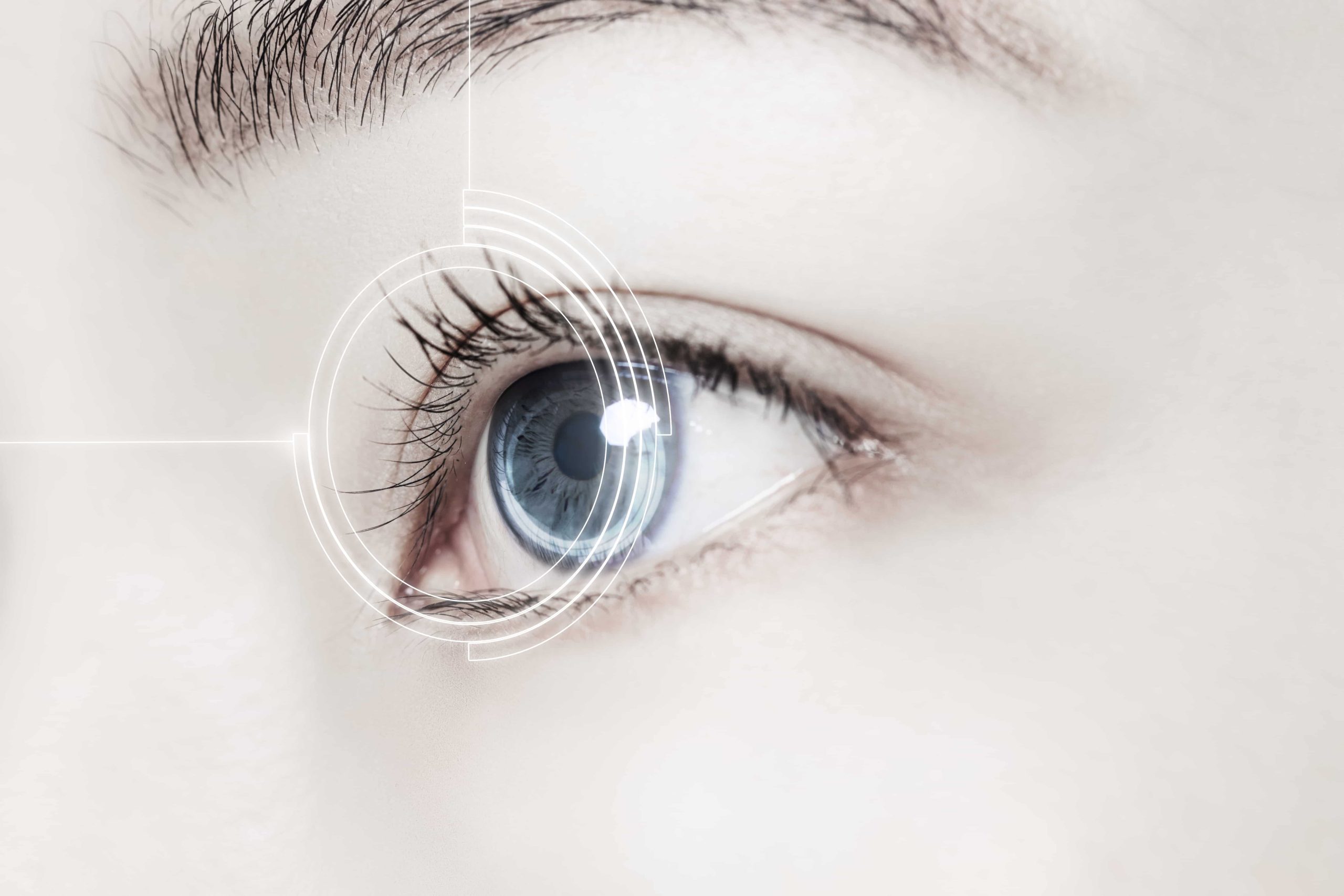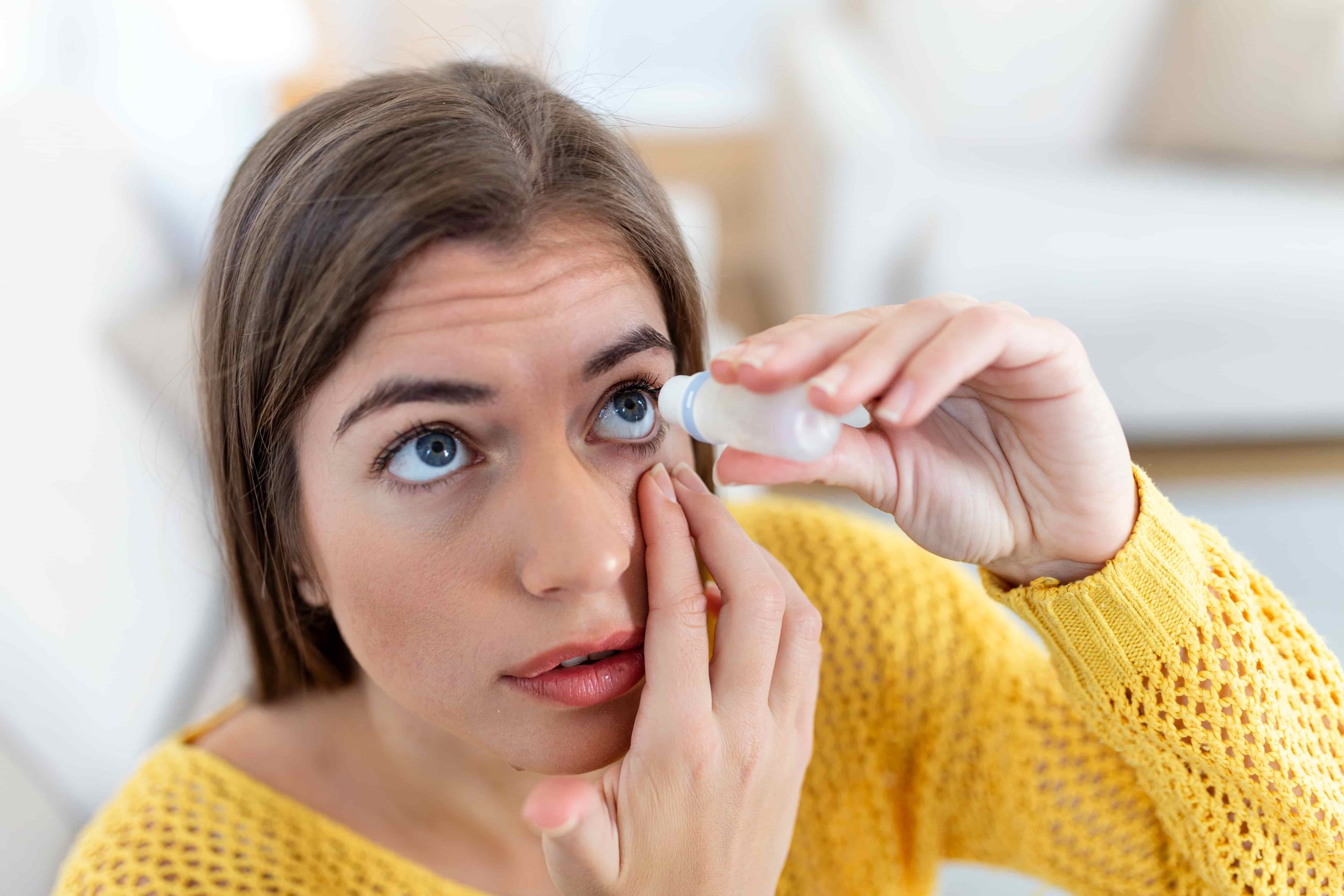HEALING
HEALING
During my long and challenging medical education, I used to think that my family wanted me to become a doctor and that I could turn back from this path at any time if I wished. As time passed and I climbed the steps of my training, I began to discover and understand myself. Initially, I kept my distance from the profession, but as I decided to embrace it, sharing my knowledge with my patients became increasingly enjoyable. Yes, healing was sacred, and I felt like I was observing the seedlings I planted in a pot take root in the soil—similarly, I believed my patients were healed through my hands. Every new medical student knows this: in the early years of being a doctor, you feel like the greatest physician. But as you progress, the ego that once roared like a tiger gradually shrinks, replaced by growing experience and confidence. This is exactly what happened to me…
I healed some of my patients with just a small touch. For others, I struggled greatly but couldn’t save them. This situation troubled me deeply. Why did nothing work for some of my patients? If I was the one providing the healing, why couldn’t I distribute it fairly? What was my role in all of this? Honestly, I pondered over this for a long time but couldn’t find an answer through mere thinking. Years passed, and as I discovered the philosophical side of the profession beyond its scientific aspect, I realized that I was not the one providing the healing. This realization was truly a shock to me.
Being a healer and a doctor requires being a conduit. If you are aware that you are not the source of the healing but merely a channel for it, you also benefit from that healing energy. That’s why, when a patient heals, the doctor heals too. Because when the healing flows through your conduit, a part of that goodness remains with you. This is why medicine is sacred and its teachings ancient.
When you are insulated, you cannot transmit either knowledge or healing. This is why great physicians know that knowledge also has its tax, and they always train students beneath them. In this way, knowledge and experience are passed on to the next generation like seeds. Transmission and sharing are the only stones on which your name will be written after you are gone.
After I began to love my work, I always felt great joy as a woman practicing medicine. Because I believe that being a healer is inherently part of a woman’s nature. After all, every mother knows that when she kisses her child’s wound, she alleviates their pain and reduces their crying. Similarly, when you hug a friend tightly while they are upset, even if you haven’t found a solution to their problem, we all know through our feminine instincts that we are supporting them in their distress. Even a woman who has never heard the word empathy can easily understand the emotions of the person in front of her and respond effortlessly. That’s why being a female doctor sometimes simply means following your natural instincts.
Whatever work we engage in, perhaps when we, as women, lovingly accept our feminine side and begin to use the talents inherently given to us, we will step onto the main staircase that will elevate us.










